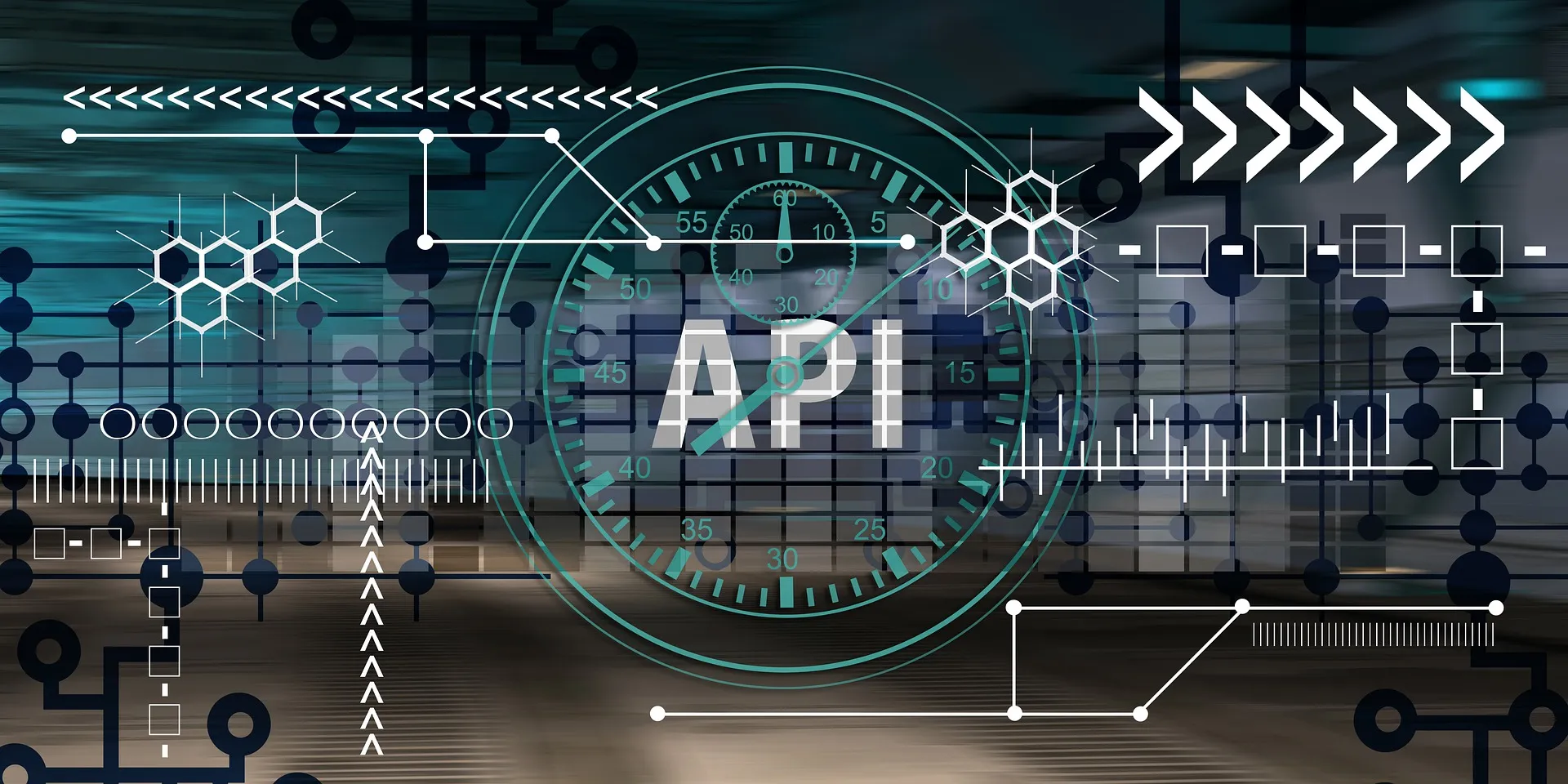Choosing the Right API Architecture

César Salazar
5 min read
Published: June 21, 2025

Introduction
APIs are the backbone of modern software development. Whether you’re building mobile apps, web platforms, or microservices, choosing the right API architecture is critical to the scalability, performance, and developer experience of your system.
But with so many options—REST, GraphQL, gRPC, WebSockets—which one should you choose, and when?
In this post, we’ll break down each approach, highlight their strengths, and discuss which scenarios best fit each one.
1. REST (Representational State Transfer)
Overview
REST is the most widely used architectural style for building APIs. It leverages HTTP methods—GET, POST, PUT, DELETE—to perform CRUD operations on resources identified by URLs.
Strengths
-
Simplicity & Familiarity: Works natively with HTTP, easy to implement.
-
Statelessness: Each request contains all necessary context.
-
Caching: HTTP caching mechanisms (like ETag, Cache-Control) are easy to apply.
-
Massive ecosystem: Supported by virtually all programming languages, tools, and services.
When to Use
-
Public APIs consumed by third-party developers.
-
Simple CRUD-based applications.
-
When clear, standardized operations are preferred.
2. GraphQL
Overview
GraphQL allows clients to specify exactly what data they need, and nothing more. It uses a single endpoint and flexible queries to avoid over-fetching or under-fetching of data.
Strengths
-
Client Flexibility: Clients define their response shape.
-
Reduced Over-fetching: Only requested fields are returned.
-
Strong Typing: Schema-driven development with introspection capabilities.
-
Real-time Support: With subscriptions (usually via WebSockets).
When to Use
-
Complex UIs (like SPAs or mobile apps) that need tailored data fetching.
-
Applications with evolving frontends where flexibility is key.
-
When avoiding versioning problems is a priority.
3. gRPC (Google Remote Procedure Call)
Overview
gRPC is a high-performance, open-source RPC framework using HTTP/2 and Protocol Buffers (Protobuf) for serialization.
Strengths
-
Ultra-Fast Communication: Ideal for microservices internal communication.
-
Strong Typing: Contracts defined via .proto files.
-
Streaming Support: Bi-directional, client, and server streaming.
-
Language-agnostic: Multi-language client and server code generation.
When to Use
-
Internal microservices communication in distributed systems.
-
Real-time services like video, audio, or IoT data transfer.
-
High-performance applications where latency is critical.
4. WebSockets
Overview
WebSockets enable full-duplex communication between client and server. Once the connection is established, both sides can send messages anytime.
Strengths
-
Real-time Communication: Instant bidirectional data transfer.
-
Persistent Connection: No need to reopen HTTP connections.
-
Low Overhead: Especially compared to HTTP polling or long-polling.
When to Use
-
Real-time apps where push communication is required.
-
Multiplayer games, chat apps, financial tickers.
-
IoT control panels with live data updates.
Final Thoughts
There’s no “best” API architecture—only the one that fits your use case:
-
If you’re exposing data to third-party developers, REST remains king.
-
If you need flexible and fine-grained data fetching, GraphQL shines.
-
For blazing-fast microservice-to-microservice communication, go with gRPC.
-
And if your app demands real-time updates, WebSockets are the obvious choice.
In many real-world projects, combining these technologies is not only common but recommended. For example, a system might use gRPC for internal services, REST for public APIs, and WebSockets for real-time notifications.
Choose wisely—your app’s performance, scalability, and developer happiness depend on it.